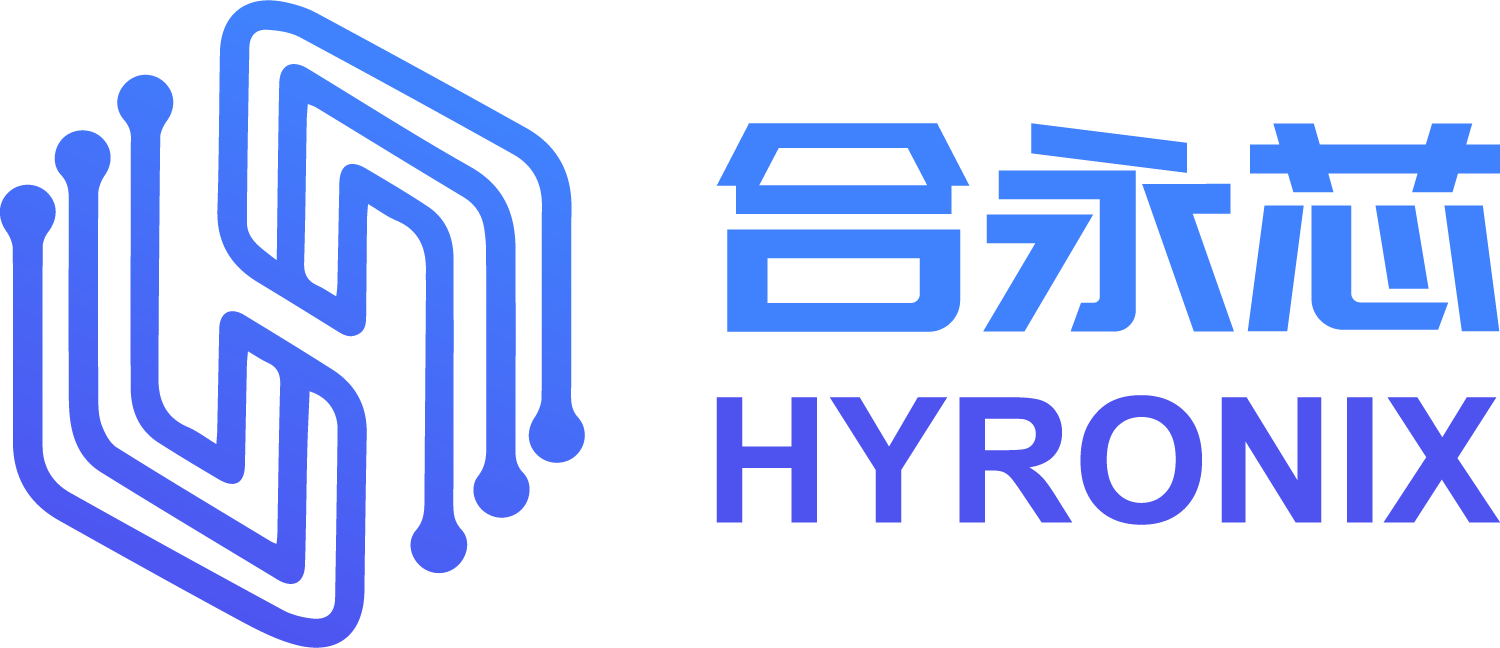Looking back at 2017, although the technology sector as a whole experienced a massive explosion, there is no doubt that the most notable highlight was the rapid advancement of artificial intelligence. Driven by technological breakthroughs, a warming market, and the implementation of policies, capital has been pouring into the field of artificial intelligence. Major global technology companies have also continued to increase their investments, competing to strengthen their comprehensive layouts. Under the halo of 2017, artificial intelligence was incredibly dazzling.
As the culmination of hardware-based artificial intelligence, intelligent robots in the application robot subfield are making great strides, from education to commercial use, deploying in multiple scenarios. What kind of business logic lies behind this rapidly growing industry?
Intelligent robots: It is less about competing with artificial intelligence and more about testing mechanical capabilities.
Like every popular industry, there are mixed results, and there are undoubtedly many who are unqualified and just filling the space.
For startup companies, entering the field of artificial intelligence and robotics is easier to gain the favor of investors compared to other fields.
For listed companies, we are currently at the stage of the integration of the first and second phases of artificial intelligence robots. The pure concept of robots and pure speculation about them are rampant. A robot that is grounded in practical industry and a conveyor belt dubbed a robot have surprisingly similar price increases, which reveals a glimpse into the situation.
Specifically, the main issues in the artificial intelligence robotics industry are: serious modularization and a copycat approach to innovation.
Artificial intelligence robots are mainly divided into two parts: one part is software, which is the AI system. The interaction method of this part mainly involves voice and image interaction. For many companies trying to catch the trend, they generally do not have the ability to independently develop speech recognition, so they usually adopt technologies from specialized speech recognition companies like iFlyTek.
Unlike the smart speaker industry, the technology requirements for the speaker industry are not high. However, the hardware standards in the robotics industry are extremely high. Behind the current wave of smart robots in China, there are significant shortcomings in areas such as the research and development of high-end materials and the manufacturing of core components. Manufacturing smart robots is very complex, requiring long-term, incremental technical and industrial accumulation, from the production of small bearings and screws to the development of advanced smart chips and artificial intelligence algorithms.
In the author’s view, “The key to the development of China’s smart robotics industry in the future is to continue promoting the development of China’s real economy, creating a better environment for the growth of the manufacturing industry, so that it can cultivate internationally leading manufacturing enterprises.”
The hardware part of artificial intelligence robots is not simple at all. For example, automating fingers to grasp objects like a human is a highly challenging technical feat. If an artificial intelligence robot cannot achieve automation of finger joints, it will be difficult to apply it to specific scenarios and can only be considered a self-indulgent toy.
In a short period, it is not easy for China to achieve this. After all, it is due to the lag in industrialization levels and the serious shortage of domestic hardware engineers. Domestically, there is a large number of software engineers, but when it comes to hardware, there is a significant gap compared to advanced manufacturing countries like the United States, Japan, and Germany.
Therefore, in terms of software, the significance of competition between companies relying on the principle of appropriation in artificial intelligence robotics is not great. Many companies rely on the technology of a single company, and in the end, it is still the robot’s manufacturing intelligence capability that is being compared.
In the booming intelligent robot industry, it is less about the competition in artificial intelligence and more about testing the mechanical capabilities and manufacturing levels of companies.
The Undercurrents in Educational Robotics: Policy Ceiling Guides the Industry’s Direction
Currently, the implementation scenarios for smart robots mainly focus on two industries: one is the education market, and the other is the commercial sector. In this part, we will analyze artificial intelligence robots in educational settings.
According to data released by the China Robotics Education Alliance in 2016, there are currently about 7,600 robotics education institutions in the country, which have increased nearly 15-fold in the past five years. This number is only expected to rise this year. With the ‘National Medium- and Long-Term Education Reform and Development Plan Outline (2010-2020)’ focusing on innovation, robotics education has gradually begun to enter primary and secondary schools and youth palaces. At the same time, the ‘General Competition Rules for China’s Quality Physical Education Robotics Sports’ were officially issued, providing regulatory support for various robotics competitions, and the industry’s development has entered a fast lane.
Quality education has been advocated for many years. As early as when I was in elementary school, which was in the late 1990s, the country was promoting quality education. Nowadays, with the enhancement of national comprehensive strength, extracurricular art tutoring classes and advanced high-tech teaching materials have successively entered the classroom in many first and second-tier cities. The era of quality education has fully arrived, and the development of the artificial intelligence robot industry in educational scenarios provides a fertile ground.
Artificial intelligence robots can take root in education. On one hand, they cater to quality education and cultivate children’s practical skills; on the other hand, for robots to fully flourish, they need to be thoroughly linked to education. In other words, the results of robot competitions should be connected to examination-oriented education. Recently, the Ministry of Education issued new regulations, adjusting the criteria for autonomous enrollment, leaving only two categories: subject expertise and innovation potential. The value of various robot competitions has further increased.
As a result, many parents have begun to enroll their children in robotics classes, driven by keywords such as competitions, special skills, and extra credits, ultimately leading to a significantly higher enthusiasm for K12 technology education among parents compared to the participation enthusiasm of high school students in science and technology competitions. Robotics education is thriving just like the once-popular Olympic mathematics.
In the country, companies like UBTech’s Jimu Robot and Makeblock are leading the charge in programming robots.
In the context of implementing artificial intelligence robotics education, intelligent robots are also facing an awkward situation. If robots are to be linked with exam-oriented education, the most probable assessment criterion would be in programming. Robot assembly or robot competitions do not suffice. If it is about programming ability, then it is essentially not directly related to robots, and it circles back to the software aspect.
In addition, the implementation of intelligent robots in educational scenarios is overly dependent on policies. If they are not linked to entrance examinations, it will be difficult to see significant progress, and they could end up becoming toys disguised as educational tools. At that time, they will shine like a shooting star, gaining momentary fame but quickly falling away, leading the entire educational robotics industry into a period of silence.
Commercial robots are booming: Opportunities and challenges in the enterprise service market.
Another application scenario for artificial intelligence robots mainly lies in the commercial sector. After realizing the pseudo-prosperity of the B2C market reliant on subsidies to boost conversion rates, in recent years, more and more capital has begun to focus on the B2B market, which holds higher value and is less developed. The business model is moving towards the prosperity of the B2B market, and the service scenarios of enterprises are also exhibiting diverse service extensions, from SASA systems to the ‘cloud’ layouts of giants. The direction of software digitization is dazzling both domestically and internationally. With the upgrade of enterprise services, integrated hardware and software artificial intelligence robots are gradually becoming new partners in the enterprise service market.
Artificial intelligence robots are a combination of various technologies, and various office service software for enterprises is merely a basic application of big data. As a crystallization of integrated hardware and software, robots should become a higher dimension of enterprise services. The government and relevant organizations have also attached importance to service robots. For example, the China Robotics Industry Alliance recently announced that it will successively release three alliance standards and 17 standards for the robotics industry. From these signs, the prospects for service robots in the foreseeable future are extremely promising.
With the rise in prices and the increase in the cost of living, workers’ wages have also risen accordingly. This is especially true in first-tier cities. What is even more critical is that once wage levels are increased, they will not decrease, and labor costs will only continue to rise. Therefore, if companies want to reduce operational costs, commercial service robots will undoubtedly play a key role.
The vast enterprise service market, which was previously concentrated in the software field, has expanded its boundaries with the advent of commercial robots. However, at the same time, commercial AI robots are also facing significant challenges.
First of all, the price threshold is too high. The rising cost of labor is an indisputable fact; replacing manual labor with machines may seem to save on labor costs, but it also introduces a new cost – the cost of robots. Taking small restaurants as an example, in first and second-tier cities, the monthly salary of a waitstaff ranges from 3,000 to 3,500 yuan. Many companies producing commercial robots can customize their products for restaurant use, but the price is at least over 50,000 yuan. This means that the price of a single machine exceeds the annual salary of a waitstaff. When considering factors like the robot’s operational time and maintenance costs due to malfunctions, robots do not lower labor costs. Moreover, robots depreciate in value, and with Moore’s Law, the first batch of restaurants introducing robots might not find it advantageous and would be better off taking a wait-and-see approach.
Another barrier to the development of commercial robots is human-computer interaction.
The most critical technology for commercial robots is “intelligent voice”. If we cannot give robots the ability to speak, they will appear not intelligent in the eyes of consumers.
Currently, various commercial robots can be seen in banks and shopping malls. When people actually interact with these robots, they will find that the voice functionality of these robots has not yet reached a level where they can communicate normally with you. This is especially disappointing in public places such as shopping malls, where the robot’s voice system will let you down.
During laboratory tests, the robot’s voice system meets interaction requirements, with a voice recognition accuracy of over 90%. However, once customers sign off, the application in public places is like ‘talking past each other’, which frustrates many robot companies.
This technology is called remote dynamic microphone array pickup technology in the industry, and the application of this in the domestic robotics industry is not mature.
Behind the technical pain points is the strength of the company’s research and development capabilities and technological innovation.
Currently, the commercial robots on the market exhibit serious homogenization in appearance and functionality. One reason is the lack of core technology, with products merely relying on a patchwork of concepts; the other reason is a deviation from market orientation, as they do not design and plan from the perspective of user experience and application scenarios.
Commercial robots are not just intelligent hardware, but also comprehensive technical solutions. They need to offer more customization flexibility to meet the diverse consumption scenarios of industry clients, embodying certain aspects of corporate values. They aim to solve practical problems for traditional government and enterprise sectors, create more value, and even bring revolutionary user experiences.




